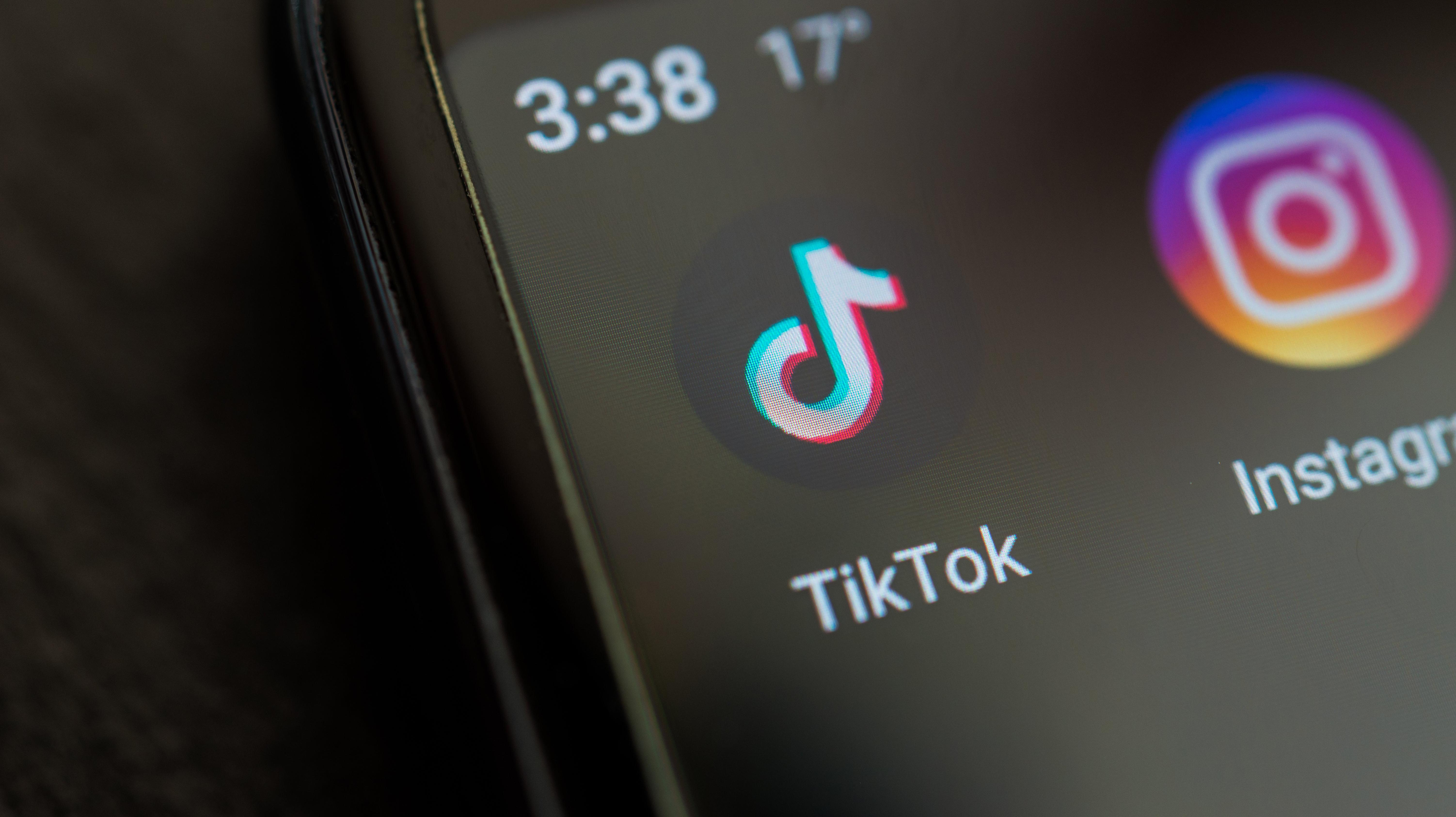Food Instagram Is Dead, Long Live Food TikTok
TikTok is approaching food influencing in a whole new way that leaves Instagram in the dust.
Instagram was a game-changer for how people interact with food. Suddenly every user could be a food photographer; it became (and still is) a common sight to catch diners carefully positioning their phones above restaurant dishes before taking a bite to capture the perfect image. Soon restaurants felt the pressure to be Instagrammable, with many spots opening up with seemingly only aesthetics in mind. And while there are plenty of food posts still dominating Instagram, many influencers who were once prominent on the platform are now losing hundreds of followers a day, Eater reports. TikTok has risen as the reigning social media platform of influence, further changing the way the world interacts with food.
How food TikTok is different from food Instagram
Relevance of the platform aside, the actual content garnering attention on TikTok couldn't be more different than Instagram. Yes, there will still always be the aspirational, aesthetically pleasing posts of delicious-looking food or well-appointed restaurants. But a surprising number of popular food TikToks are pretty devoid of glamour.
In one video, user @hoemgirl puts together Trader Joe's Brie cheese, apricot preserves, and toast in her kitchen. There's nothing especially fancy about said kitchen; the person in the video isn't wearing an elaborate outfit or makeup; there are no trendy TikTok dances; and the meal she puts together isn't particularly photogenic. Still, this video has nearly 3 million views.
There are millions and millions of views on posts that are just mukbang, a category of videos in which people eat large quantities of various mass-market foods on camera. And leaning away from aesthetics even further, there are more than 70 million views on videos all about disgusting foods. For every helpful food tip and lovely restaurant dish posted to TikTok, there seems to be twice as many #foodfails, unsettling revelations about what's actually in certain fast food dishes, or food challenges that seem designed to cause nausea.
The challenges are another major differentiating factor between TikTok and Instagram: Many people treat TikTok like a game, sometimes with the purpose being to find out whether or not a certain food proven to give everyone diarrhea gives you diarrhea, and sometimes with stakes as low as letting a Sweetgreen employee put together their favorite salad for you (this video got nearly 20 million views). And it seems that regardless of whether these hacks actually work or not, the copycat posts and views just keep rolling in.
How TikTok is affecting restaurants
The influence of TikTok on businesses is strong. According to a survey released last fall by marketing company MGH, 36% of TikTok users have visited or ordered food from a restaurant after seeing it on TikTok. Major brands are turning to TikTok to launch food campaigns and hop on trends. There are pages and pages of users dedicated to just trying foods on certain fast food menus or grocery chains and encouraging others to do the same. The free publicity given to restaurants is priceless.
Still, there are downsides for some businesses. Behind-the-scenes videos from workers at fast food restaurants have revealed some less-than-savory practices, like how infrequently the trays at McDonald's are cleaned and the way Taco Bell rehydrates its beans before putting them in burritos.
Recently The New York Post reported that restaurants are starting to get flooded with requests for free meals from "TikTok influencers," which at worst if the request is accepted costs restaurants valuable resources and at best is just a super annoying request to constantly deal with.
But more and more restaurants are figuring out ways to get on board with the trend, and those that haven't yet might be compelled to start. It doesn't look like food TikTok will be loosening its grip on any of us anytime soon.
